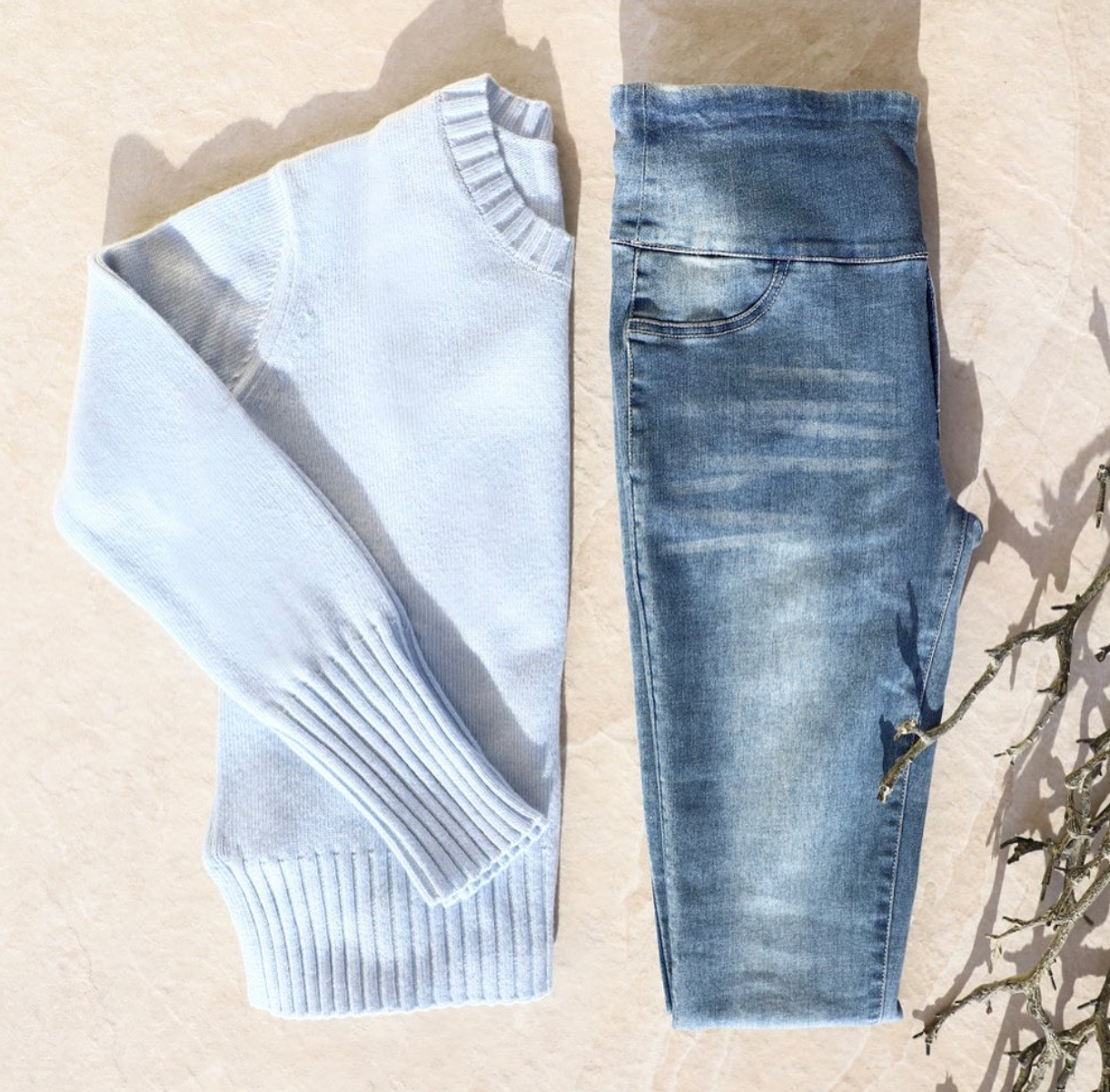
Too often in the media we’re bombarded by celebs who have recently given birth, showing off a toned six pack as they blissfully stroll their pram around town. While completely unrealistic, this image also adds pressure to new mothers to bounce back into shape immediately after birth and can be extremely dangerous to promote.
For new mums, though, the most important exercise and toning we should be concerned about are ourpelvic floor muscles. You can begin working on these as soon as you feel able, and once you’ve been given the go-ahead by your doctor.
Where is my pelvic floor?
According to theAustralian Government’s Bladder and Bowel Initiative, you can find your pelvic floor muscle with a simple test next time you’re on the toilet. While you’re emptying your bladder, try stopping the flow of urine and then starting it again. This will show you which muscles you’ll need to use to exercise your pelvic floor. Be careful not to do this test more than once a week, though, or you could put further stress on your bladder.
How can I strengthen my pelvic floor muscle?
Once you’ve located your pelvic floor and have mastered the art of contracting the muscles, you’re ready to get started on theexercises. The best part about these exercises is they be done anytime, anywhere! You’ll be getting a great workout without anyone being the wiser.
Pull your muscles inward, hold and squeeze. Try to hold the inward squeeze for as long as possible, up to 10 seconds at a time. Ensure you are breathing throughout this exercise.
Relax for a few seconds and repeat the squeeze, ensuring again that your breathing is controlled. You can perform this up to 10 times, so long as your breathing remains calm and your body is relaxed above your belly button.
Don’t put too much pressure on yourself when you’re just starting out. Instead, aim to do a little better each time.
The Benefits
With a strong pelvic floor, you’ll be primed to launch into more intense exercise once your body has recovered from pregnancy and birth, and you’ll save your body from a range of preventable medical problems down the line including prolapse, reduced vaginal sensation, and bladder and bowel incontinence.
Further Reading:
http://www.pelvicfloorfirst.org.au/news/468/pelvic-floor-friendly-exercise.-no-one-size-fits-all


